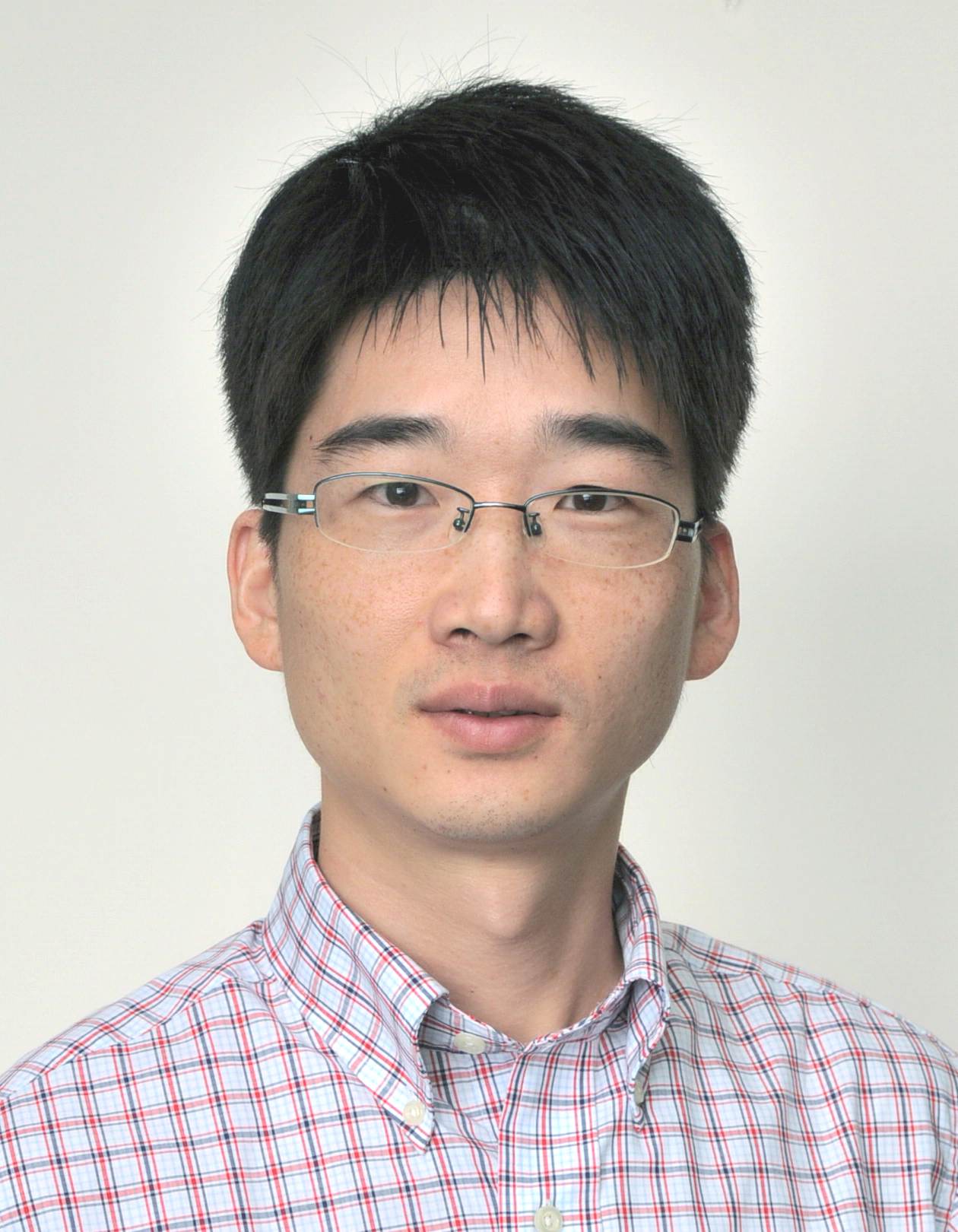林承棋 教授
教育和工作简历
1998至2003年,东南大学,临床医学,学士
2003至2006年,东南大学,遗传学,硕士
2006至2008年,新加坡国立大学,研究助理
2008至2013年,Stowers Institute for Medical Research,分子与细胞生物学,博士
2013至今,东南大学,生命科学院研究院,教授
研究方向:转录调控在发育及疾病发生发展中的作用机理
多能胚胎干细胞(pluripotent embryonic stem Cells)因其自我更新(self-renewal)及全能分化的潜力,成为再生医学领域治疗退行性疾病的基础。如何高效安全特异地分化胚胎干细胞成特殊的成熟细胞是当今的主要研究热点之一,也是制约其临床应用的主要瓶颈之一。本实验室主要集中在转录延伸调控以及增强子表观遗传学领域来探索胚胎干细胞维持其自我更新以及多向分化潜能的分子机理,以及转录延伸调控因子以及增强子突变在疾病发生发展中的作用机理。
1. 超级延伸复合物(SEC)在发育及疾病发生发展中的作用机理;
超级延伸复合物Super Elongation Complex (SEC) 调控着基因的快速协调性表达,在胚胎干细胞定向分化中发挥着重要作用。SEC的异常激活是引起婴幼儿白血病、HIV以及CHOP syndrome的主要原因之一。除了SEC,SEC类似复合物SEC
L2和-L3也在发育及疾病的发生发展中起到非常重要的作用。本课题将运用生化学、细胞生物学、基因组学以及表观遗传学手段探寻SEC及SEC
L如何差异性地调控胚胎干细胞分化,以及它们在疾病中的特异性作用。
2. SEC相关增强子结合因子在维持胚胎干细胞自我更新以及多向分化潜能的分子机理;
增强子(enhancer)是指一段可以通过与激活蛋白的结合增强其连锁基因转录水平的DNA序列,其对于发育相关基因的时空特异性表达起到了关键性的作用。近年来,增强子表观遗传学研究表明在胚胎发育早期阶段存在多种不同状态的增强子来维持其多向分化潜能。目前对于处于暂停或失活状态的增强子的功能尚不清楚。本课题将运用生化学、遗传学以及基因组学手段探寻ELL3相关pioneer factors如何通过调控增强子活性和染色质可塑性来维持胚胎干细胞自我更新和多向分化潜能的分子机理。
近期代表性论文:
1. Luo Z, Gao X, Lin C, Smith ER, Marshall SA, Swanson SK, Florens L, Washburn MP, Shilatifard A. Zic2 is an enhancer-binding factor required for embryonic stem cell specification. Mol Cell. 2015 Feb 19;57(4):685-94.
2. Lin C, Garrus AS, Luo Z, Guo F, Shilatifard A. The RNA Pol II elongation factor Ell3 marks enhancers in ES cells and primes future gene activation. Cell. 2013 Jan 17;152(1-2):144-56.
3. Luo Z, Lin C, Shilatifard A. The super elongation complex (SEC) family in transcriptional control. Nat Rev Mol Cell Biol. 2012 Aug 16;13(9):543-7.
4. Luo Z, Lin C, Guest E, Garrett AS, Mohaghegh N, Swanson S, Marshall S, Florens L, Washburn MP, Shilatifard A. The super elongation complex family of RNA polymerase II elongation factors: gene target specificity and transcriptional output. Mol Cell Biol. 2012 Jul;32(13):2608-17.
5. Lin C, Garrett AS, De Kumar B, Smith ER, Gogol M, Seidel C, Krumlauf R, Shilatifard A. Dynamic transcriptional events in embryonic stem cells mediated by the super elongation complex (SEC). Genes Dev. 2011 Jul 15;25(14):1486-98.
6. Mohan M, Lin C, Guest E, Shilatifard A. Licensed to elongate: a molecular mechanism for MLL-based leukaemogenesis. Nat Rev Cancer. 2010 Oct;10(10):721-8.
7. Lin C, Smith ER, Takahashi H, Lai KC, Martin-Brown S, Florens L, Washburn MP, Conaway JW, Conaway RC, Shilatifard A. AFF4, a component of the ELL/P-TEFb elongation complex and a shared subunit of MLL chimeras, can link transcription elongation to leukemia. Mol Cell. 2010 Feb 12;37(3):429-37. (Recommended by the Faculty of 1000)
8. Wang P, Lin C, Smith ER, Guo H, Sanderson BW, Wu M, Gogol M, Alexander T, Seidel C, Wiedemann LM, Ge K, Krumlauf R, Shilatifard A. Global analysis of H3K4 methylation defines MLL family member targets and points to a role for MLL1-mediated H3K4 methylation in the regulation of transcriptional initiation by RNA polymerase II. Mol Cell Biol. 2009 Nov;29(22):6074-85



